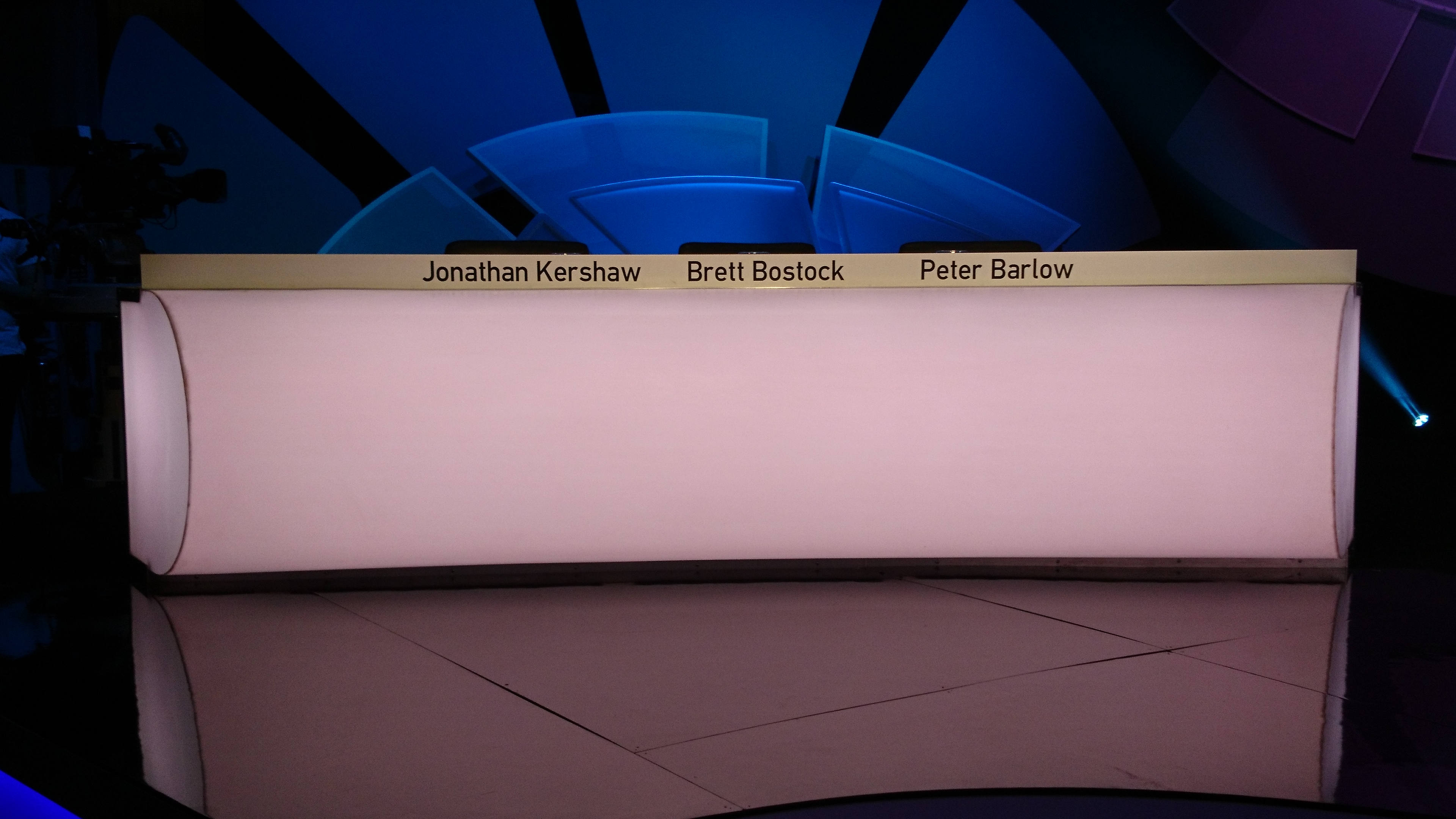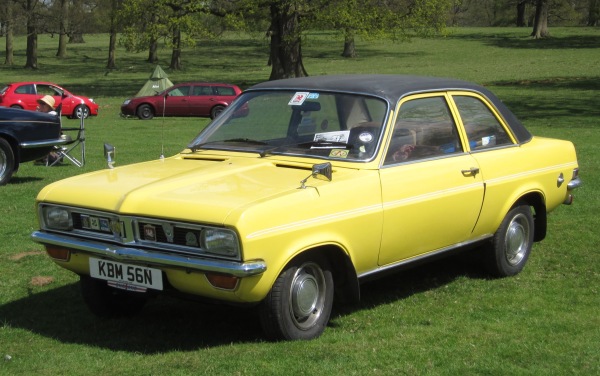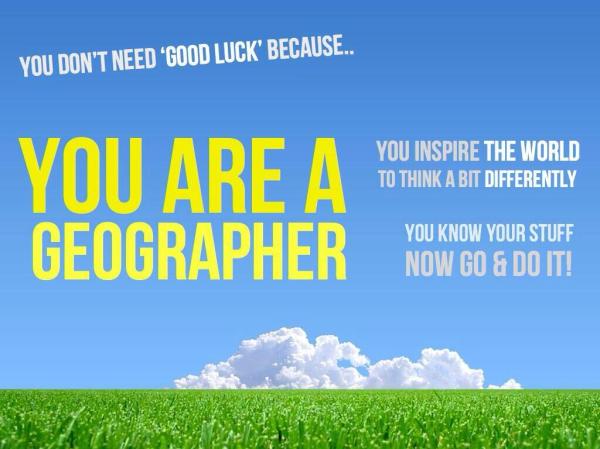Innovation was standard
The Citroën marque has a long history, even a tradition, of innovation. From the Traction Avant, to the 2CV, to the DS – a car which, feted as “a superlative object … a new Nautilus” in Roland Barthes’ 1957 collection of essays “Mythologies” (p.88), is perhaps the only car to be eulogised in philosophical discourse – and the later SM, GS, and CX, Citroën has done things differently. At least, until rival Peugeot (PSA) took over in the 1970s.
Things went a little awry in the 1990s when PSA seemingly positioned the marque into the easy-finance bargain-bin, with badge-engineered offerings such as the Saxo and Xsara, offerings which were an anathema to Citroën purists. Arguably, things haven’t got much better – if anything, it’s got worse.
A new millennium
The first Citroën C3 was revealed in 2001, a ‘supermini’ positioned twixt the Saxo and Xsara. Sleek it wasn’t, with its silhouette and a comfort mien prompting comparisons from some quarters with the iconic 2CV.
Subsequent iterations also focused on comfort over sportiness (a good thing, in my opinion), with the 3rd generation – a very distinct offering in its class – taking more visual cues from the Citroën C4 Cactus, protective side ‘airbumps’ and all.
Oh good grief…
I noted in an essay written as an early part of my PhD that Citroën has the philosophical justification to complement their history innovation and non-conformity to meet automobility’s obligation to the environmental imperative. With the fourth generation of Citroën C3 was revealed last week, however, innovations seem limited to ways in which Citroën have found to make it more cheaply, and to the fact that there is a full-electric version, of which I certainly approve. Certainly, any innovation has failed to extend to its looks, as the new C3 has followed the dispiriting wider trend towards an SUV aesthetic.
While previous iterations of the C3 may have hardly set motoring imaginations alight, they were at least distinctive, whereas the new C3 looks like another me-too box. Take the badges off, and this car could have come from South Korea. But that’s not the only problem.
I’ve previously written about my disdain for SUVs taking over our streets, with their extra size and weight essentially giving the automotive finger to the environment and to other motorists. I see no point in a vehicle that is bigger, fatter, heavier, less efficient, and more dynamically inept than it could (and should) be. As Scotty was wont to say, “Ye cannae beat the laws of physics, Captain!”.
The SUV aesthetic is very much that of ‘urban-assault-vehicle’ (or, perhaps, ‘urban-defence-vehicle’). Stephen Bayley noted in his 1986 book ‘Sex, Drink, and Fast Cars’ that “more than any other manufactured product, the car enshrines and projects the values of the culture that created it” (p.101). If this is true, then the inexorable SUV-ication of automobility suggests that, societally, we’re not in a good place.
However, adopting an aesthetic for the new C3 is a betrayal of Citroën’s progressive and aesthetic heritage (and has me fearing the worst for Citroën‘s current owners Stellantis’ plans for the next iteration of the Fiat Panda).
Whatever would Barthes say?

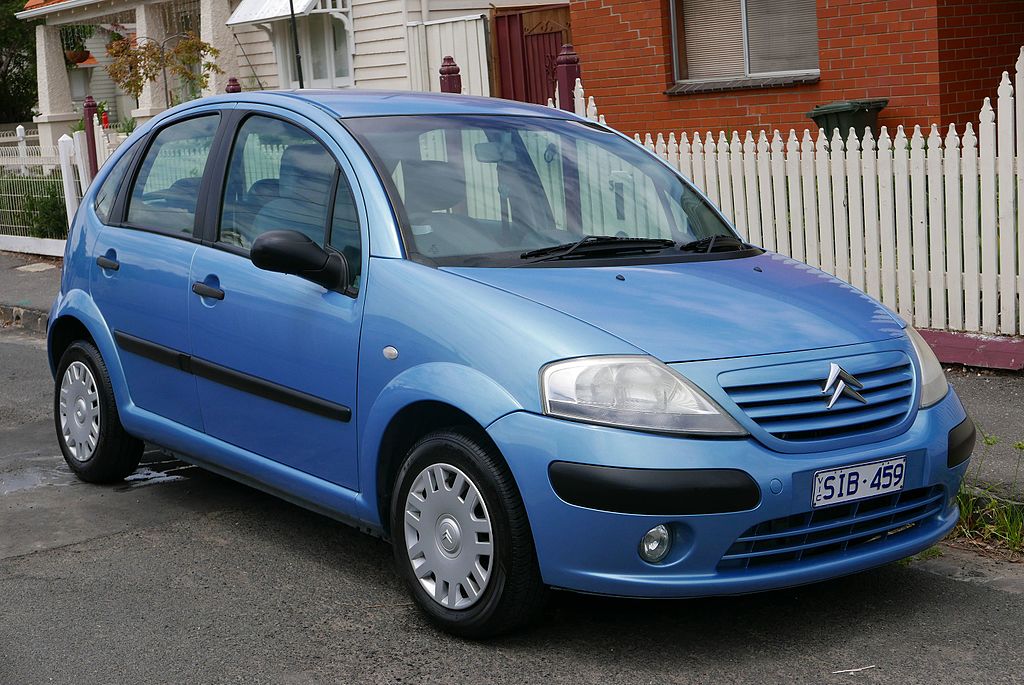

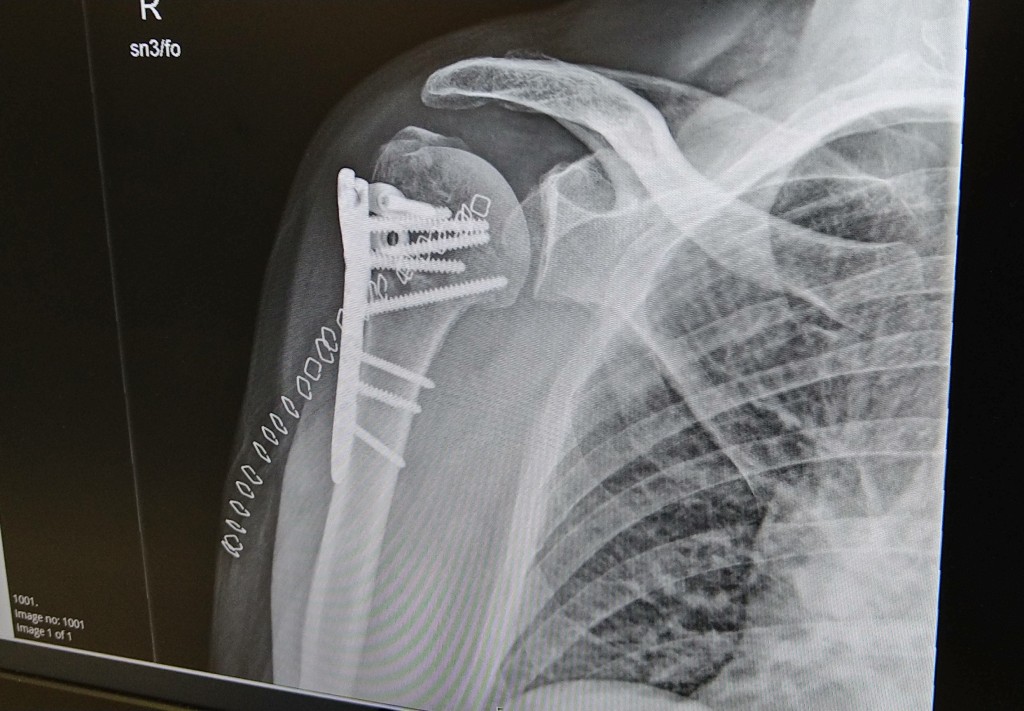
![Volvo_C30_Electric_at_the_Zero_Rally_2011,_Oslo,_Norway[1]](https://autohabitus.files.wordpress.com/2017/07/volvo_c30_electric_at_the_zero_rally_2011_oslo_norway1.jpg)
